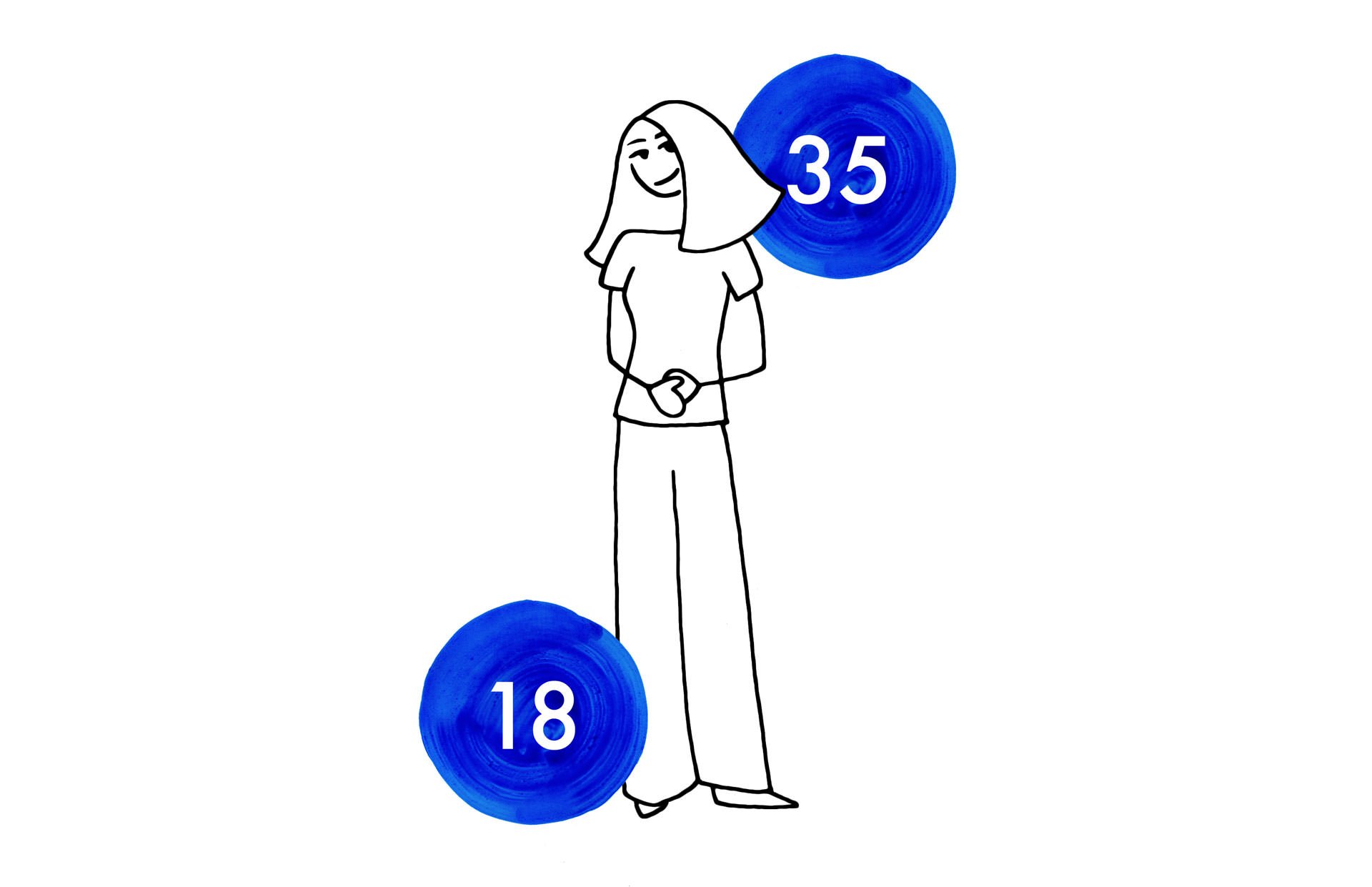9 December, 2025
Artificial intelligence in the IVF laboratory
Artificial intelligence (AI) is making significant inroads into healthcare, and assisted reproductio
[Continue reading ]Book now

Freezing leftover embryos of good quality after fertilization in the laboratory is a common practice. This allows not only fewer embryos to be transferred in the IVF cycle, which leads to fewer multiple pregnancies, but also provides patients with a “backup” in case the original embryo transfer does not end in pregnancy. The process is much simpler and less expensive than starting an IVF treatment again from the beginning, as patients can get more than one pregnancy from a single cycle of ovarian stimulation.
Embryo freezing, or vitrification is a totally routine part of the IVF process and most patients end up with one or more saved embryos. Although not all embryos survive the freezing and thawing process, the survival rate is quite high and those who survive are just as likely to implant in the uterus after the transfer as in fresh transfer.
The processes of freezing and thawing do not cause genetic anomalies and, therefore, do not harm the embryo. Several published studies show that children born from frozen embryos show no difference with respect to children born from embryos that have never been frozen.
The period of storage of the embryos is decided by the couple (or woman) for whom these embryos were generated. In case of wanting to stop the maintenance of these embryos, HC Fertility offers the possibility of donating them to other couples with infertility problems, donate them to research or destroy them under certain circumstances allowed by law.

9 December, 2025
Artificial intelligence (AI) is making significant inroads into healthcare, and assisted reproductio
[Continue reading ]18 November, 2025
Hello, I am Dr Almudena Utrera, and as a gynaecologist specialising in fertility, one of the conditi
[Continue reading ]